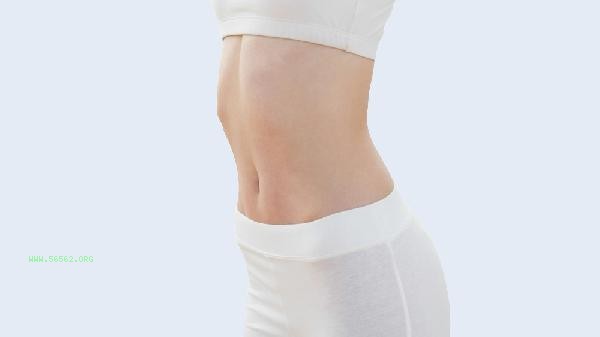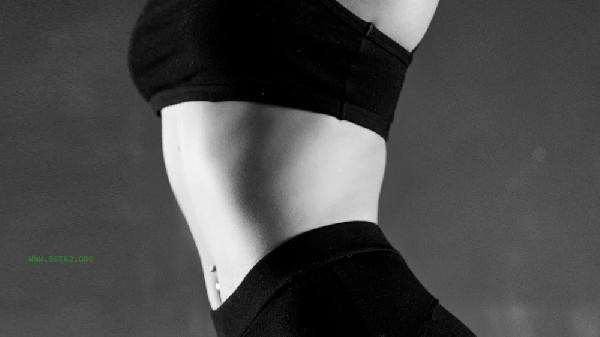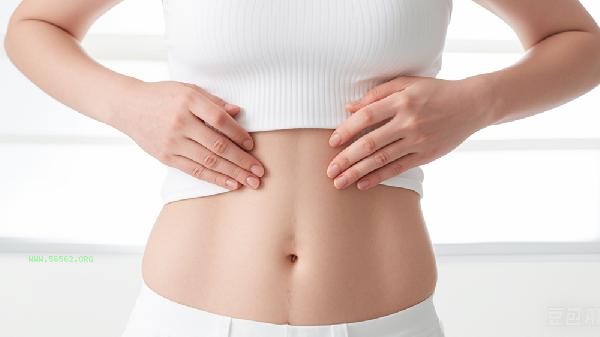The areas where girls lose weight first vary from person to person. Usually, areas with less fat accumulation or active metabolism will be prioritized for weight loss, such as the face and arms. The weight loss effect is influenced by multiple factors such as genetics, hormones, and exercise methods, and there is no absolute unified order for weight loss. Some women may observe a clearer facial contour and a faster decrease in fat in the lower jaw and collarbone areas during the early stages of weight loss. This is mainly due to the relatively thin facial fat layer, frequent facial expression muscle activity, and good local blood circulation. The butterfly sleeve on the back of the arm, especially the upper arm, may also experience a reduction in circumference earlier, as this area is mostly subcutaneous fat and more sensitive to heat gaps. When using whole-body aerobic exercise combined with dietary control, the rate of fat breakdown in these areas may be slightly faster than in core areas such as the waist and abdomen. Some people may also experience a decrease in waist circumference or thigh circumference first, which is related to the type of individual fat distribution. Apple shaped individuals have more active visceral fat metabolism and may first reduce abdominal fat; Pear shaped individuals are influenced by estrogen and have stronger resistance to lower limb fat. In rare cases, breast adipose tissue may significantly decrease in the early stages of weight loss, and attention should be paid to maintaining chest muscle thickness through strength training. During the weight loss process, attention should be paid to changes in body fat percentage rather than local weight loss effects. Aerobic exercise combined with resistance training should be performed three to five times a week, and an appropriate amount of protein intake should be maintained daily. Avoid excessive pursuit of rapid weight loss in specific areas to prevent muscle loss and skin sagging. It is recommended to regularly monitor changes in body fat distribution through a body fat scale or sebum clamp, and if necessary, consult a nutritionist to develop personalized plans.











Comments (0)
Leave a Comment
No comments yet
Be the first to share your thoughts!